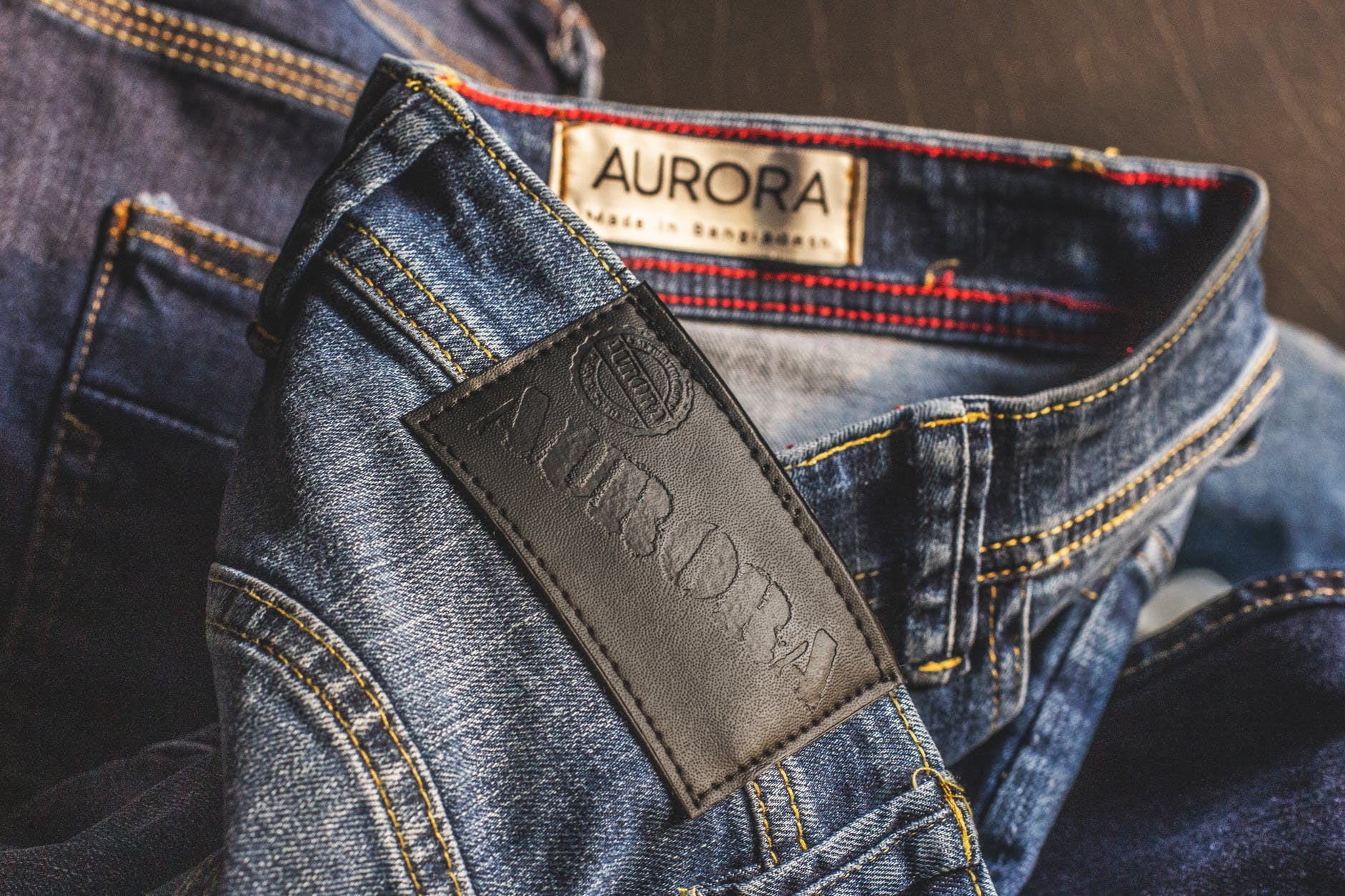Garment exports to US up 10pc

Garment exports to the US increased 10.10 percent year-on-year to $1.08 billion in the first two months of the year, with the shipments expected to grow exponentially if 25 percent duty on Chinese imports comes into effect.
If that materialises, many international retailers will look to Bangladesh as an alternative sourcing destination.
Apparel was not in the list of the items subjected to US President Donald Trump’s retaliatory 25 percent duty last year, but on Friday he announced 25 percent duty on $200 billion worth Chinese imports that include garment items.
“Such announcement will encourage US retailers to consider Bangladesh,” said Faisal Samad, senior vice-president of the Bangladesh Garment Manufacturers and Exporters Association (BGMEA).
But everything depends on price negotiations with the retailers, Samad told The Daily Star by phone.
“All things are still at the primary stage. We need to do a lot of home work if we want to grab more market share of the shifted work orders from China.”
This is a potential opportunity for Bangladesh, said Mustafizur Rahman, a distinguished fellow of the Centre for Policy Dialogue.
Bangladesh would be benefited if the decision to impose 25 percent duty is finally levied, as the US and China are negotiating a trade deal now.
However, the Bangladeshi garment sector has been benefiting from the uncertainty that stemmed from the tariff war between the two global economic giants, Rahman said.
Despite a shift towards lower-cost manufacturing bases like Vietnam and Bangladesh, China is still the single biggest source of apparel globally, according to Bloomberg.
A 2018 survey by the US Fashion Industry Association said that companies still source 11 percent to 30 percent of their apparel from Chinese factories.
While this is down from 30 percent to 50 percent the year before, China is still the most important source of clothing, the Bloomberg said.
Bangladesh’s garment export to the US market has been showing an upward trend over the last few months because of different reasons like the ongoing trade tariff war between the US and China and enhanced workplace safety.
The tariffs described by the president -- both those that would be increased to 25 percent on Friday, and those that would be added to consumer goods like clothing and shoes that are not currently being charged with punitive tariffs -- will only hurt US families, US workers, US companies and the US economy, said Rick Helfenbein, president and CEO of the American Apparel & Footwear Association (AAFA), in a statement on Sunday.
“We urge the president to refrain from imposing these additional tariffs and instead focus on negotiating and concluding the trade deal with China.”
Last year, the AAFA estimated that a 25 percent tariff on the industry’s products would result in a family of four paying an additional $500 a year just on these products, according to the statement.
“We strongly oppose the president’s announcement that he will continue to penalise American families and add additional obstacles to economic growth by imposing further tariffs on US imports from China,” Helfenbein added.
